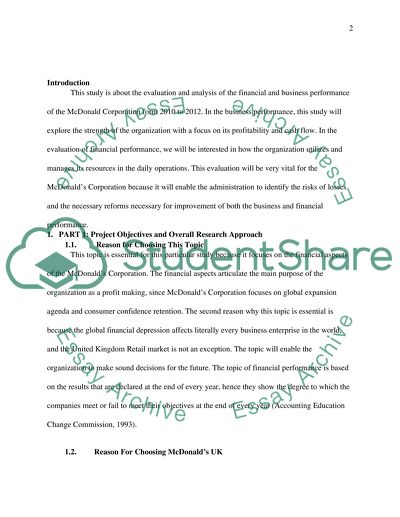Cite this document
(“Financial Performance Of An Organization Over A Three Year Period: Dissertation”, n.d.)
Financial Performance Of An Organization Over A Three Year Period: Dissertation. Retrieved from https://studentshare.org/finance-accounting/1476662-financial-performance-of-an-organization-over-a-three-year-period-mcdonalds
Financial Performance Of An Organization Over A Three Year Period: Dissertation. Retrieved from https://studentshare.org/finance-accounting/1476662-financial-performance-of-an-organization-over-a-three-year-period-mcdonalds
(Financial Performance Of An Organization Over A Three Year Period: Dissertation)
Financial Performance Of An Organization Over A Three Year Period: Dissertation. https://studentshare.org/finance-accounting/1476662-financial-performance-of-an-organization-over-a-three-year-period-mcdonalds.
Financial Performance Of An Organization Over A Three Year Period: Dissertation. https://studentshare.org/finance-accounting/1476662-financial-performance-of-an-organization-over-a-three-year-period-mcdonalds.
“Financial Performance Of An Organization Over A Three Year Period: Dissertation”, n.d. https://studentshare.org/finance-accounting/1476662-financial-performance-of-an-organization-over-a-three-year-period-mcdonalds.


